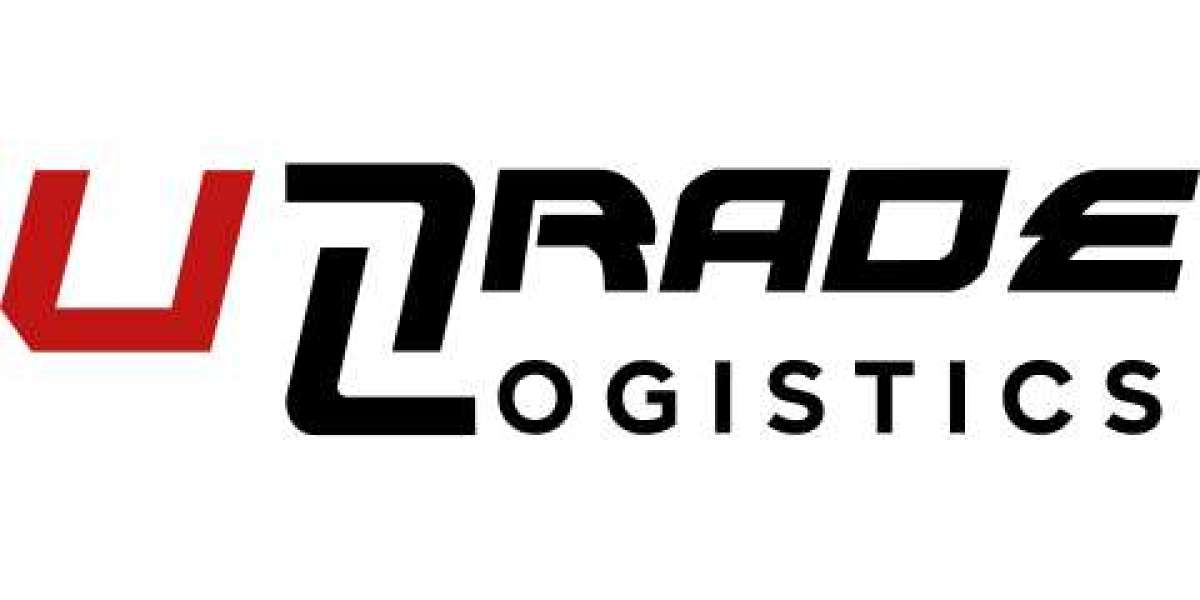Understanding Tariff Codes Canada
International trade depends on clear rules and systems that simplify how goods move across borders. One of the most important systems used for this purpose is tariff classification. For importers and exporters, knowing how tariff codes Canada work is essential. These codes are more than just numbers on a customs document. They play a key role in determining duties, taxes, and whether your goods are allowed into the country.
What Are Tariff Codes
Tariff codes are numerical identifiers assigned to products in international trade. These numbers are based on the Harmonized System (HS), which is a global standard developed by the World Customs Organization. Every product in global trade can be linked to a unique code. This ensures customs officials across different countries can identify the product quickly and apply the correct duties.
In the context of tariff codes Canada, these codes are aligned with the international HS framework but adapted to meet Canadian regulations. Importers must use the correct codes when declaring goods to the Canada Border Services Agency (CBSA). Using an incorrect code can lead to penalties, delays, or even seizure of goods.
Why Tariff Codes Matter in Canada
Canada relies heavily on international trade, with goods constantly moving through its ports, airports, and border crossings. To manage this flow, the CBSA enforces strict rules. Tariff codes determine how much duty or tax applies to an item. They also help authorities track imports for safety, compliance, and statistical purposes.
For example, if you are importing electronics, clothing, or agricultural products, the tariff code ensures that CBSA knows what the goods are, what regulations apply, and how much revenue should be collected. Without accurate tariff codes Canada, trade would become chaotic and inconsistent.
Structure of Tariff Codes
The system is based on a hierarchy. Globally, most tariff codes start with six digits under the Harmonized System. Canada expands this to create more specific classifications. The Canadian Customs Tariff uses up to ten digits.
The first six digits are the HS code recognized internationally. The additional digits refine the classification to match Canadian requirements. These extra numbers provide details on duty rates, import restrictions, and trade agreement benefits. For businesses, understanding this structure is vital to avoid mistakes.
Common Challenges with Tariff Codes
Many businesses face challenges when dealing with tariff codes Canada. The system can be complex because one product may seem to fit multiple categories. Misclassification often happens, especially when items are new, specialized, or have dual uses.
Another challenge is keeping up with changes. Tariff codes are updated regularly to reflect new products and changes in trade policies. If a business continues to use outdated codes, it risks non-compliance. Additionally, some products might fall under special rules due to health, safety, or environmental concerns.
The Role of CBSA in Tariff Classification
The Canada Border Services Agency is responsible for enforcing tariff codes. Importers must declare the proper code for each product. The CBSA verifies the declaration and ensures duties are collected. If an importer disagrees with a classification, they can request an advance ruling. This ruling provides a binding decision from the CBSA about which code applies.
Having such a system ensures fairness and consistency. It also allows businesses to plan costs more accurately. Knowing the correct tariff codes Canada ahead of time can prevent surprises when goods reach the border.
Tariff Codes and Free Trade Agreements
Canada has multiple free trade agreements (FTAs) with other countries, including the United States, Mexico, and the European Union. Tariff codes play a major role in determining whether a product qualifies for preferential duty rates under these agreements.
For example, under the Canada-United States-Mexico Agreement (CUSMA), certain goods may enter duty-free if they meet origin requirements. The classification under tariff codes Canada helps customs officials determine if the product qualifies. Businesses that understand how to use tariff codes with FTAs can save significant costs.
Impact on Importers and Exporters
For importers, tariff codes determine the final cost of goods entering Canada. Accurate classification ensures proper duty calculation, avoids penalties, and keeps supply chains running smoothly. For exporters, tariff codes Canada are equally important. Foreign buyers need accurate codes for customs clearance in their own countries.
Mistakes can lead to shipment delays, extra costs, and damage to business relationships. That is why companies often rely on customs brokers, trade consultants, or logistics firms to manage this aspect of trade.
How to Determine the Right Code
Finding the correct tariff code is not always straightforward. Businesses often start with the Canadian Customs Tariff, a detailed document that lists all codes. Another option is consulting the CBSA website, which provides search tools and guidance.
However, interpretation can be tricky. A single product might contain multiple components, making it unclear which category applies. In such cases, businesses turn to experts for classification advice. Advance rulings from CBSA also provide certainty.
The Cost of Misclassification
Using the wrong tariff codes Canada has serious consequences. Importers may end up paying too much or too little in duties. Overpayment affects profitability, while underpayment leads to fines, interest, and reputational risk. In extreme cases, CBSA can seize goods or revoke import privileges.
This is why accuracy is critical. Correct use of tariff codes Canada not only ensures compliance but also protects businesses from unexpected costs.
Digital Tools and Technology
Today, technology is making it easier to manage tariff codes. Many logistics and customs software systems integrate databases of classification codes. Artificial intelligence tools are also being developed to analyze product descriptions and suggest the correct codes.
Despite these advances, human expertise is still important. Automated systems cannot always capture the nuances of a product. A combination of technology and professional advice gives the best results for businesses.
Future of Tariff Codes in Canada
As global trade evolves, so will the tariff classification system. New industries, such as renewable energy and digital technology, introduce products that may not fit neatly into existing categories. Canada will continue to update its tariff system to stay aligned with international trade developments.
Businesses that stay informed about these updates will remain competitive. By keeping up with changes in tariff codes Canada, companies can adapt quickly and maintain smooth trade operations.
Conclusion
Tariff codes may appear technical, but they are essential to global commerce. In Canada, they form the backbone of customs procedures, ensuring that trade is fair, transparent, and efficient. Importers and exporters who understand tariff codes Canada gain a clear advantage. They avoid costly mistakes, benefit from trade agreements, and maintain strong supply chains.
As trade becomes more complex, businesses must invest time in learning how tariff codes work. Whether through internal training, expert consultation, or digital tools, the goal remains the same—accurate classification. In a competitive global market, mastering tariff codes Canada is not just about compliance. It is about building a foundation for long-term success.



